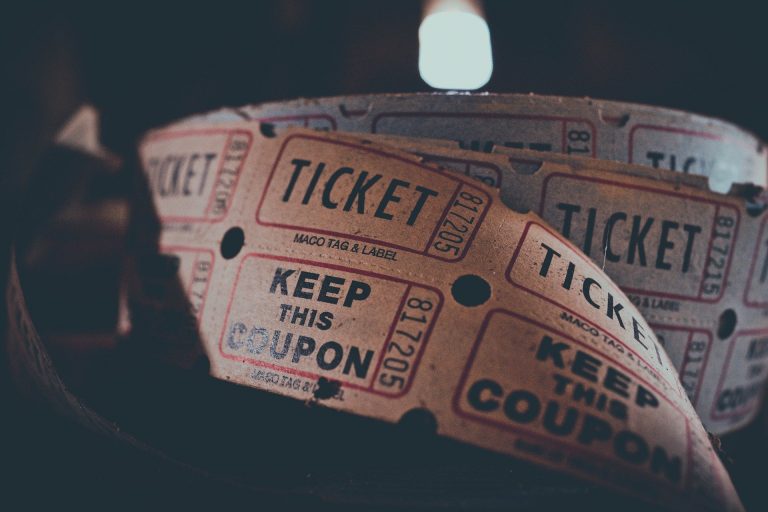After lengthy closures due to the COVID-19 pandemic, movie theaters are reopening in the nation’s biggest cities. On March 5 in New York City and March 15 in Los Angeles, moviegoers returned to local cinemas, which mandated masks and restricted showings to 25% of capacity. News organizations have spent months hand-wringing over the death of movie theaters, but now, article after article features anecdotal accounts of delighted customers who “erupted in applause” and industry analysts who depicted the reopenings as a watershed moment in the “road to recovery” from the pandemic.
But what about those consumers who didn’t feel comfortable showing up, and so didn’t get interviewed? For many moviegoers, the simple announcement that movie theaters are open may not be enough to erase months of anxiety. Localized business reporting on the return of movie theaters doesn’t have to be as sanguine as the stories above. It should take care to include the perspectives of more reluctant consumers, and the efforts that exhibitors are undertaking to win them back, because there are still plenty of reasons for both parties to be concerned.
Mask-wearing requirements are a cornerstone of theater chains’ reopening policies. AMC initially got in trouble in June for announcing that it wouldn’t mandate masks to prevent a “political controversy” — which is, of course, exactly what it created by making such a statement — but the company walked back its comments and required masks as part of its CinemaSafe protocols.
However, some moviegoers spend enough time in theaters eating and drinking as to render a mask mandate irrelevant, which could be anxiety-inducing for other customers. For instance, Patrick Ryan wrote for USA Today that he kept “looking over [his] shoulder every time he took a bite or a sip, trying to avoid having [his] mask down at the same time as somebody else.”
Even when regulations function as intended, there could still be reason for consumers to be skeptical, because the exhibitors’ standards might not abide by social distancing conventions. One seat’s distance between two parties isn’t necessarily six feet. And even six feet isn’t always enough indoors when aerosols come into play.
When reporting on reopening, consider asking local moviegoers if any of this concerns them. How might their feelings differ from theater to theater — that is, does mask-wearing become a more prominent concern at a dine-in theater like Alamo Drafthouse or Cinépolis? And what about the pitfalls of reduced capacity? Do customers think, as Ryan did, that having fewer people in the theater, with minimal “laughs or gasps,” diminishes the experience?
Concession bans, like what Quebec has had in place, mitigate risk by forcing consumers to spend more time wearing masks, but also debilitate exhibitors. Movie theaters rely on concessions for 40% of their revenue, according to Variety; this allows for ticket discounts and promotions like AMC’s 15-cent prices in August. The National Association of Theater Owners has previously balked at the imposition of concession bans, as in the Bay Area in October. If kept in place, what effect could they have on consumers’ enjoyment? How integral are concessions to the moviegoing experience?
Given all these factors, potential moviegoers have plenty of cause for concern, and indeed, in December, a majority of consumers told Deloitte they wouldn’t feel comfortable going to a movie theater in the following six months. In the interim, though, it’s possible that increased coronavirus vaccinations and declining cases have boosted some consumers’ confidence.
This presents another key question for reporters: what are exhibitors doing to lure customers back?
Independent theaters and major chains alike have begun to lean harder on private theater rentals. Though pricey, these alleviate several pain points of typical moviegoing, and helped propel at least one recent film, “Tom and Jerry,” to success. When covering reopenings, ask theater employees about these private showings: do customers opt for current movies or classics? How big are their groups? What times of day are most popular? To what extent do they drive revenue?
Another obstacle to bringing customers back is purely perceptual: the idea that there isn’t anything worth seeing, especially given the additional inconveniences of the pandemic. Studios are trying to erase this perception by piling up blockbusters like Disney’s “Black Widow” and Paramount’s “A Quiet Place Part II” to give the impression of a bustling summer movie season. How do exhibitors plan to ramp up for this sudden increase in marquee movies? Are they worried about the demand increasing too sharply? Are they planning any special promotions, like AMC’s aforementioned 15-cent deal?
Some recent reporting on movie theaters has taken an unabashedly optimistic tone, which is understandable given their dire last year, but ultimately fails to tell the whole story. Journalists can certainly adopt a glass-half-full perspective, but they should avoid neglecting the real concerns of, and attempts to appeal to, reluctant consumers.











